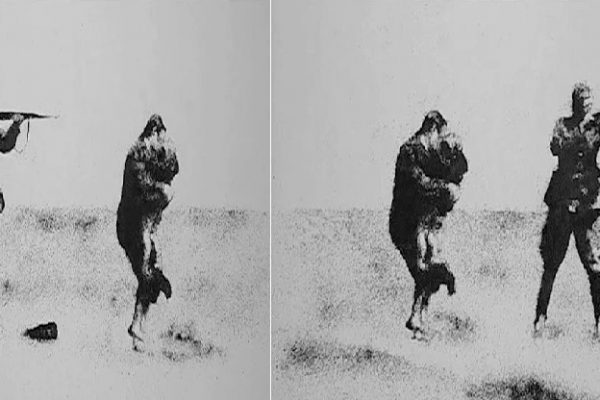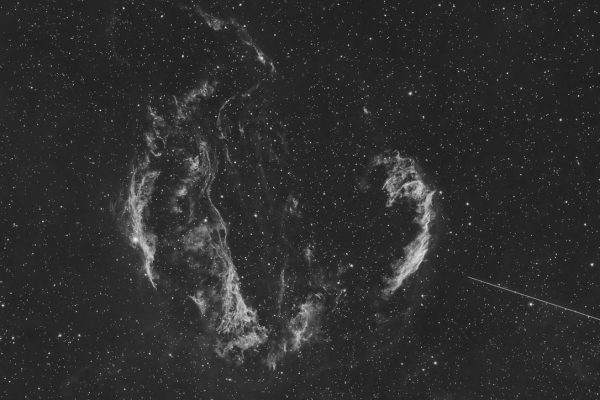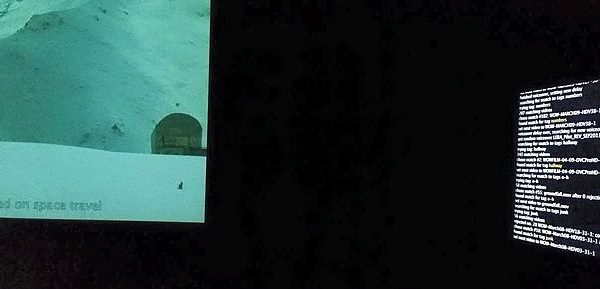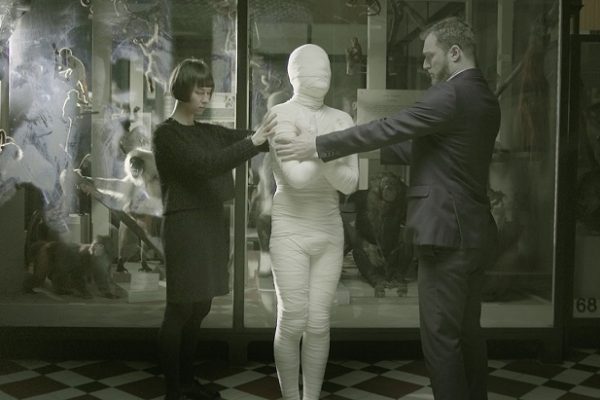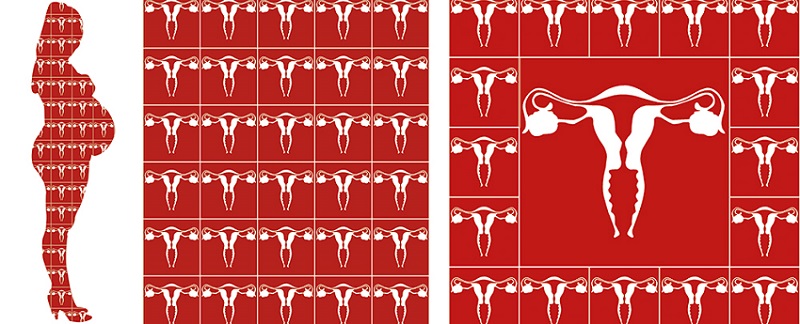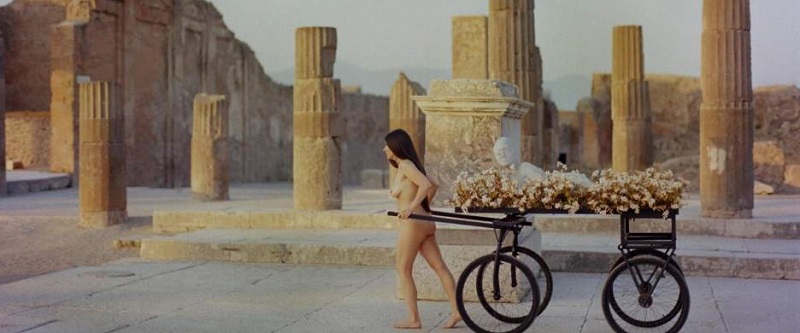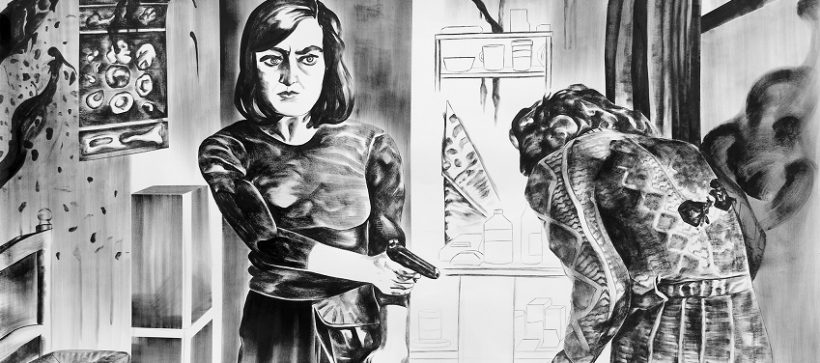The uterus is a restless animal, which if not fertilized in time it moves through the woman body causing havoc wherever it goes: palpitations, seizures… It was that simple the diagnosis that doctors and philosophers such as Hippocrates and Plato attributed to what they called «hysteria», a Greek term referring to the womb. And centuries go by… and psychoanalysis continued to relate unsatisfied female sexuality with «hysterical» disorders. Actually, the bizarre history of the uterus […]
Mes: marzo 2018
Fatima Mazmouz, el útero, de nicho sagrado a tierra profanada
El útero es un animal inquieto, que si no es fertilizado a tiempo se desplaza por el cuerpo de la mujer causando estragos allí donde va: palpitaciones, furores… Así de simple era el diagnóstico que médicos y filósofos como Hipócrates y Platón atribuían a lo que denominaron “histeria”, término griego referido a la matriz. Pasaron los siglos…, y el psicoanálisis siguió vinculando sexualidad femenina insatisfecha con trastornos “histéricos”. Realmente, la bizarra historia del útero se […]
Romina de Novellis, old myths, new rites
What is the distance between a Swede sculptural beauty soaking in the Fontana di Trevi and an Italian brunette eating spaghetti, in a histrionic style, before the Fontaine Saint Michel in Paris? The latter, in a cannibal act, “devours” the misogynous construction that the first epitomize. It was one of the urban performances that the Neapolitan artist Romina de Novellis made when settling in the French capital (Splash! La Dolce Vita a Parigi 2010). Continuing […]
Romina de Novellis, antiguos mitos, nuevos ritos
¿Qué dista entre una sueca escultural remojándose en la Fontana di Trevi y una morenaza italiana con los espaguetis escurriéndosele por el escote ante la Fontaine Saint Michel de París? Pues que la segunda, en un acto caníbal, devora la construcción misógena que encarna la primera. Fue uno de los performances urbanos que realizara la napolitana Romina de Novellis al instalarse en la capital francesa (Splash! La Dolce Vita a Paris 2010). Siguiendo con los […]
Marta Beltrán, she got her gun
Whether we are more or less moviegoers, the filmic imprint has been storing in our subconscious. Maybe if we close our eyes and grope in our psychic archive, we will find an endless list of open files where childhood obsessions and footage from films that marked our lives seem to have been emulsified in the same bobbin. Although it would be absurd to pretend that we can discern between what we really lived and what […]
Marta Beltrán, heroínas de armas tomar
Seamos más o menos cinéfilos, es probable que si pudiéramos buscar a tientas en nuestro archivo psíquico encontráramos un sinfín de expedientes abiertos donde obsesiones de infancia y retazos de películas que nos marcaron se han emulsionado en un mismo carrete. La impronta fílmica ha ido asentándose en nuestro subconsciente. Aunque sería absurdo pretender discernir entre lo vivido y lo infiltrado por la fábrica de sueños, porque parte de lo que somos lo debemos a […]
Hayv Kahraman, body as a container of diasporic memories
Despite the truths embedded in Theodor Adorno’s statement that it’s impossible to write poetry after Auschwitz, it’s equally true that in the face of horrors and traumas of war, lyrical beauty is often the only avenue of catharsis. When Hayv Kahraman recollects episodes from her childhood in a besieged Iraq, she recovers the human warmth that drove away fears while seeking refuge in anti-aircraft shelters. During temporary cease-fires, children left their hideouts and challenged each […]
Hayv Kahraman, el cuerpo como contenedor de memoria
A pesar de la buena fortuna que conoció la frase de Theodor Adorno acerca de que no es posible escribir poesía después de Auschwitz, lo cierto es que ante el horror bélico y sus traumas la belleza lírica ha sido a menudo la única vía para la catarsis. Cuando Hayv Kahraman rememora episodios de su infancia en un Iraq asediado, rescata la calidez humana que ahuyentaba el miedo mientras se resguardaban en refugios antiaéreos. En […]

